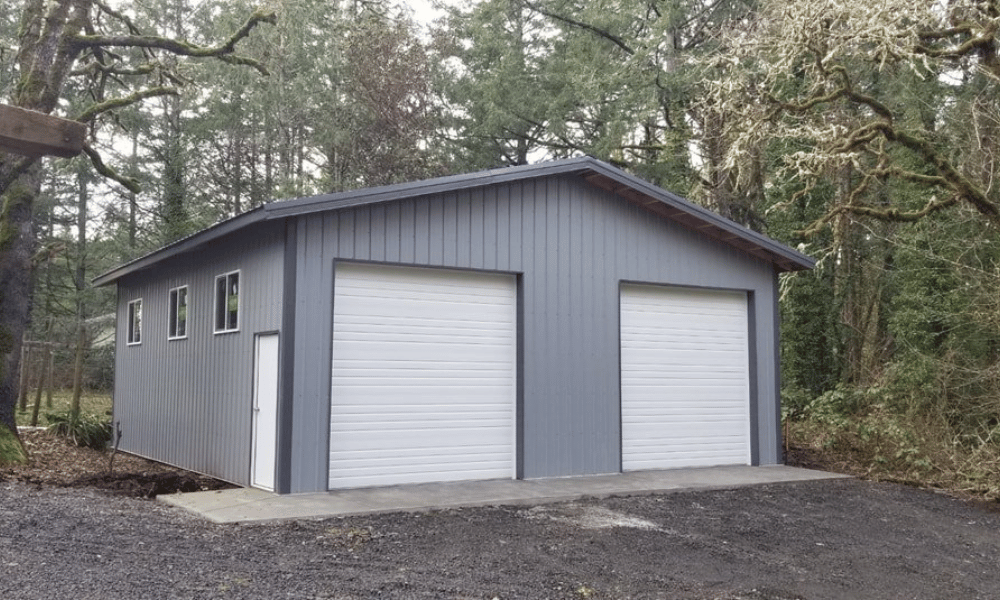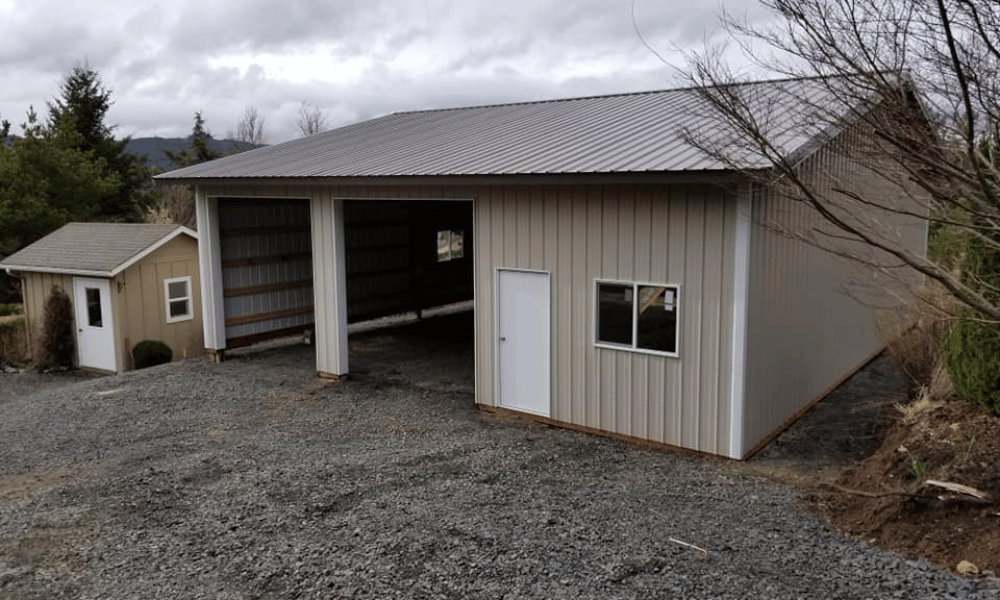Investing in a Pole Barn: A Smart Move for Property Owners
Introduction
In recent years, property owners have increasingly recognized the value of investing in versatile structures that serve multiple purposes. One such structure gaining popularity is the pole barn. With its robust design, cost-effective construction, and adaptability, a pole barn can be an ideal solution for many agricultural, commercial, and residential needs. In this comprehensive article, we'll explore why investing in a pole barn is not just a trend but a smart move for property owners looking to maximize utility and enhance their property’s value.
Investing in a Pole Barn: A Smart Move for Property Owners
What Is a Pole Barn?
A pole barn is a type of building that relies on wood posts as its primary support system. Unlike traditional buildings that use full foundations with concrete slabs or block walls, pole barns are constructed by burying treated wooden poles into the ground. This method allows for large open spaces without the need for interior load-bearing walls.
Key Features of Pole Barns
-
Cost-Effective Construction
Building a pole barn typically requires fewer materials than traditional structures, making it more affordable. -
Versatile Design
Pole barns can be designed to fit various purposes—be it storage, workshops, or even living spaces.
-
Quick Installation
The construction process is generally faster than that of conventional buildings. -
Durability
When properly built and maintained, pole barns can withstand harsh weather conditions.
Why Invest in a Pole Barn?
Financial Benefits
Investing in a pole barn can lead to significant financial advantages:
- Increased Property Value: Homes with additional structures often appraise higher.
- Tax Benefits: Depending on local regulations, you may qualify for tax deductions related to agricultural use.
- Rental Opportunities: If you’re not using the space yourself, consider renting it out.
Utility and Versatility
Pole barns can serve numerous Dean Lindsey Construction pole building functions:
- Storage Solutions: Perfect for storing equipment or vehicles.
- Workshops: Ideal for hobbies like woodworking or auto repair.
- Livestock Housing: Can accommodate animals with adequate ventilation and space.
Types of Pole Barns Available
Agricultural Pole Barns
These are frequently used on farms for storage or livestock housing. They offer ample space and are often customized to meet specific farming needs.
Commercial Pole Barns
Businesses may invest in these structures for warehouses or retail spaces because of their cost-effectiveness and scalability.
Residential Pole Barns
Homeowners are increasingly converting pole barns into living spaces or garages due to their aesthetic appeal and functionality.
Construction Considerations When Investing in a Pole Barn
When building your pole barn, there are several factors to keep in mind:
1. Local Regulations
Always check local building codes and zoning laws before starting construction. You may need permits or adhere to specific guidelines regarding size and usage.
2. Site Selection
Choosing the right location on your property is crucial. Consider accessibility, drainage issues, and proximity to utilities when selecting a site.
3. Material Quality
Investing in high-quality materials will ensure your pole barn lasts longer and requires less maintenance over time.
Design Options Available for Your Pole Barn
Pole barns can be customized extensively based on your needs:
1. Size
Determine how much space you'll need based on what you plan to use it for—whether it's storage or living quarters.

2. Roofing Styles
Options include gable roofs, gambrel roofs (which provide extra loft space), or even flat roofs depending on aesthetic preference and functional needs.
3. Doors and Windows
Consider installing large doors if you plan on storing vehicles or equipment inside; windows can enhance natural light if you're using it as a workspace.
Maintenance Tips for Your Pole Barn
To keep your investment valuable over time:
- Regularly inspect the wood poles for rot.
- Keep gutters clean to prevent water damage.
- Maintain paint finishes to protect against weather conditions.
Financing Your Pole Barn Investment
Understanding how to finance your project is crucial:
- Personal Savings
- Loans from Financial Institutions
- Grants available specifically for agricultural investments
Insurance Coverage Options For Your Pole Barn
Proper insurance protects your investment from potential damages:
- General Liability Insurance
- Property Insurance
- Agricultural Insurance (if applicable)
The Environmental Impact of Investing in a Pole Barn
Pole barns can have positive environmental implications:
- Sustainable Materials: Use recycled wood products where possible.
- Energy Efficiency: Design features such as skylights can reduce electricity consumption.
- Land Conservation: Efficient land use maximizes productivity without needing extra space.
Future Trends in Pole Barn Construction
As demand grows, expect innovations such as green building materials and smart technology integration into future designs.
FAQs about Investing in a Pole Barn
What’s the average cost of constructing a pole barn?
The average cost varies based on size and materials but typically ranges from $10–$30 per square foot depending on customizations needed.
Do I need permits to build a pole barn?
Yes, most areas require permits before construction begins; always check local regulations beforehand!
How long does it take to build one?
Construction timelines depend on size but usually range from several weeks up to months based on complexity.
Are there financing options available?
Yes! Many banks offer loans specifically designed for agricultural buildings including pole barns!
Can I customize my pole barn?
Absolutely! You can personalize everything from size down through roofing styles & finishes according to preference!
What are some common uses for these structures?
Common uses include storage facilities (for farm equipment/vehicles), workshops (for hobbies/businesses) & even living spaces!
Conclusion
Investing in a pole barn is indeed a smart move for property owners seeking versatility coupled with economic benefits. From increased property value to diverse functionality options—these sturdy structures hold immense potential across various domains including agriculture & commerce alike! As trends evolve towards sustainability & efficiency—pole barns remain poised at the forefront showcasing their enduring relevance year after year!
So why wait? Start exploring your options today; after all—a wise investment today could bring lasting rewards tomorrow!